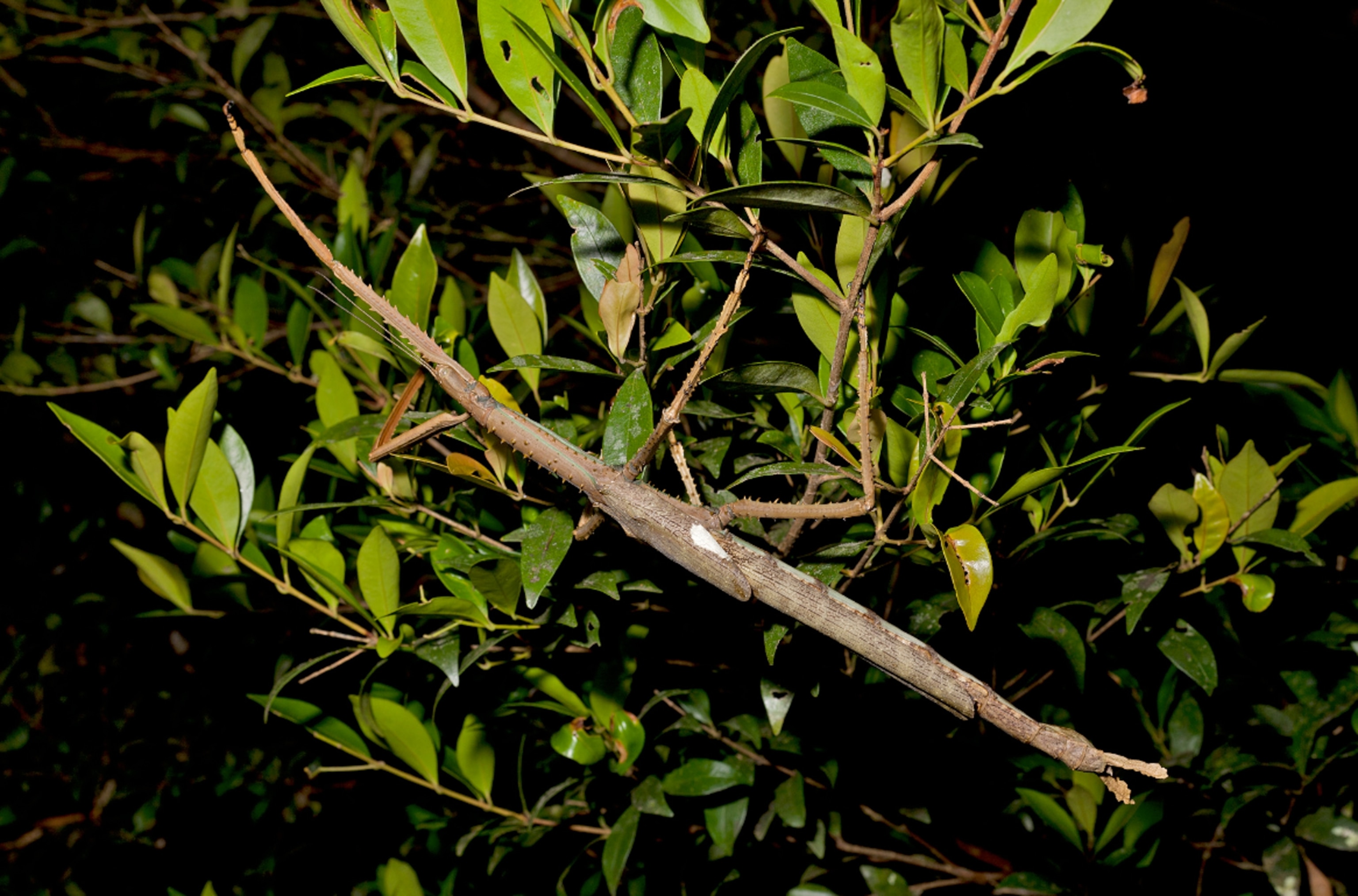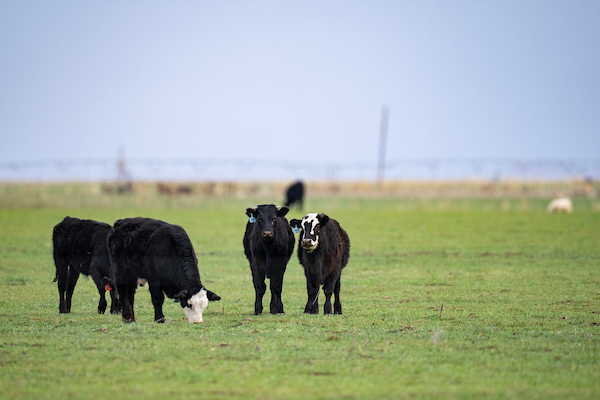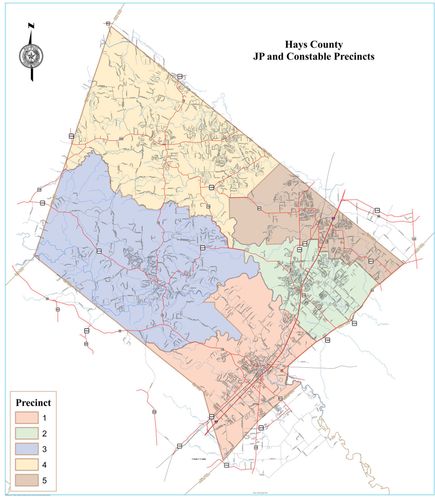Case Study: A Self-Sustained Ecosystem Jar and its Environmental Implications
A social media case study involving a four-year-old sealed ecosystem jar, or “jarrarium,” has brought significant attention to citizen science and its intersection with the United Nations’ Sustainable Development Goals (SDGs). Content creator Camila Palacio created a self-sustaining aquatic ecosystem in 2020 using materials from a local lake in South Florida. After four years of receiving natural light on a windowsill, the closed system was observed to be sustaining life, including a large aquatic insect, demonstrating the resilience of micro-ecosystems.
The project’s conclusion, however, highlighted critical environmental concerns when the jar’s contents were released back into a local lake, prompting a discussion on ecological responsibility and its alignment with global sustainability targets.
Analysis of Ecological Principles and Sustainable Development Goals
The Jarrarium as an Educational Tool for SDG 4 (Quality Education)
The creation and observation of a jarrarium serves as a practical educational model, directly supporting SDG 4, which aims to ensure inclusive and equitable quality education. Specifically, it aligns with Target 4.7, promoting education for sustainable development and sustainable lifestyles. These projects provide tangible learning opportunities regarding complex ecological principles.
- Nutrient Cycling: The substrate houses bacteria that break down waste, demonstrating the nitrogen cycle in a closed loop.
- Photosynthesis and Respiration: Plants release oxygen utilized by fauna, which in turn release carbon dioxide for the plants, illustrating a symbiotic relationship.
- Biodiversity: The jar demonstrates how various organisms, including plants, microorganisms, and invertebrates, can coexist and create a balanced, self-regulating system.
Environmental Risks and Alignment with SDG 14 (Life Below Water) and SDG 15 (Life on Land)
The disposal of the jarrarium’s contents into a natural body of water raises serious environmental risks that contravene the principles of SDG 14 (Life Below Water) and SDG 15 (Life on Land). These goals are dedicated to the conservation and sustainable use of aquatic and terrestrial ecosystems. The action of introducing a contained ecosystem into a natural one can lead to unintended and harmful consequences.
- Introduction of Invasive Species: Even if sourced locally, organisms within the jar have adapted to a unique, isolated environment. Their reintroduction can disrupt the local food web and ecological balance, a direct concern of SDG 15.8, which calls for measures to prevent the introduction of and control invasive alien species.
- Contamination and Disease: The jar could harbor non-native bacteria or pathogens that, when introduced into a larger body of water, may harm local flora and fauna. This undermines efforts to reduce pollution and protect aquatic health as outlined in SDG 14.
- Disruption of Water Chemistry: The water within the sealed jar may have developed a different chemical composition over four years. Introducing this water can alter the local habitat’s chemistry, potentially stressing or harming native species.
Report on Jarrarium Composition and Function
Definition and Components
A jarrarium is a low-maintenance, self-contained aquatic ecosystem housed in a glass container. Its composition is designed to create a balanced environment that requires minimal external intervention, promoting an understanding of sustainable, closed-loop systems.
- Container: A clear glass jar or bowl.
- Substrate: A base layer of mud, soil, or sand that hosts beneficial bacteria.
- Water: Natural water from a pond or rainwater is recommended as it contains essential microorganisms.
- Flora: Aquatic plants that provide oxygen and act as a food source.
- Fauna: Small invertebrates such as snails or shrimp that serve as a “cleanup crew” by consuming algae and decaying matter.
Recommendations for Responsible Practices in Line with SDGs
To ensure that educational projects like jarrariums support rather than harm environmental objectives, responsible practices must be followed. These recommendations align with the broader goals of promoting environmental stewardship and achieving the SDGs.
Guidelines for Creation and Disposal
The primary directive for any contained ecosystem project is to prevent any potential negative impact on natural environments. This aligns with the precautionary principle embedded within SDG 14 and SDG 15.
- Education First: The project should be framed as an educational tool to foster respect for ecosystems, reinforcing SDG 4.
- Containment is Key: The fundamental rule is that the contents of a jarrarium should never be released into natural ecosystems, including ponds, lakes, or rivers.
- Responsible Disposal: If the ecosystem must be dismantled, its contents should be disposed of in a manner that ensures they cannot enter local waterways or soil, such as sealing them in a waste container.
By adhering to these principles, citizen science and educational hobbies can be powerful tools for promoting awareness of the Sustainable Development Goals and fostering a culture of environmental responsibility.
Analysis of Sustainable Development Goals in the Article
1. Which SDGs are addressed or connected to the issues highlighted in the article?
-
SDG 15: Life on Land
- This goal is relevant because the article discusses the potential disruption of a local, land-based freshwater ecosystem (a lake). The core issue raised is the irresponsible disposal of the jarrarium’s contents, which could introduce non-native or altered organisms into a natural habitat, directly impacting life on land and in inland waters.
-
SDG 14: Life Below Water
- Although SDG 14 primarily focuses on marine and coastal ecosystems, its principles apply to the freshwater lake mentioned in the article. The article explicitly warns, “If you dump a jarrarium into a natural water source, it can disrupt the ecosystem. Non-native bacteria, algae, or critters could harm local species.” This directly connects to the goal of protecting aquatic life.
-
SDG 4: Quality Education
- The article, by reporting on the viral TikTok video and the subsequent expert/public commentary, serves as a tool for public education and awareness. It informs a large audience (over 40 million viewers) about creating ecosystems and, more importantly, about the ecological responsibilities and potential negative consequences of mishandling them, thus contributing to education for sustainable development.
2. What specific targets under those SDGs can be identified based on the article’s content?
-
Under SDG 15 (Life on Land):
- Target 15.8: “By 2020, introduce measures to prevent the introduction and significantly reduce the impact of invasive alien species on land and water ecosystems and control or eradicate the priority species.” The article directly addresses this target by highlighting the risk of introducing the jarrarium’s contents into a lake. The commenter’s warning about it being “gambling on a small scale” and the article’s advice that “Non-native bacteria, algae, or critters could harm local species” align perfectly with the goal of preventing the introduction of potentially invasive species.
- Target 15.1: “By 2020, ensure the conservation, restoration and sustainable use of terrestrial and inland freshwater ecosystems…” The act of pouring the jar’s contents into the lake is a direct threat to the conservation of that inland freshwater ecosystem, which this target aims to protect.
-
Under SDG 14 (Life Below Water):
- Target 14.2: “By 2020, sustainably manage and protect marine and coastal ecosystems to avoid significant adverse impacts…” The principle of this target is directly applicable. The article warns against an action that could cause a “significant adverse impact” on the lake’s ecosystem, emphasizing the need for its protection.
-
Under SDG 4 (Quality Education):
- Target 4.7: “By 2030, ensure that all learners acquire the knowledge and skills needed to promote sustainable development…” The viral video and the article about it function as an informal educational platform. They raise awareness and provide knowledge about ecological principles and responsible environmental behavior (“To be safe, never dump jarrarium contents outdoors”), contributing to education for sustainable lifestyles.
3. Are there any indicators mentioned or implied in the article that can be used to measure progress towards the identified targets?
-
Implied Indicator for Target 15.8 (Invasive Species):
- The article implies an indicator related to public awareness and knowledge regarding the risks of introducing non-native species. The expert commentary within the article (“it can disrupt the ecosystem”) and the final advice (“never dump jarrarium contents outdoors”) serve as qualitative measures of the type of information needed to prevent such introductions. The public discussion itself is an indicator of growing awareness.
-
Implied Indicator for Target 14.2/15.1 (Ecosystem Protection):
- The central event of the mother pouring the jar into the lake serves as an anecdotal data point for an indicator such as the number of incidents of irresponsible disposal of biological materials into natural ecosystems. The article frames this action as a negative example, highlighting a behavior that needs to be reduced to achieve the target.
-
Direct Indicator for Target 4.7 (Education for Sustainable Development):
- The article provides a direct quantitative indicator for measuring engagement with educational content: the number of views on the related media. It explicitly states that the TikTok video has “more than 40 million views,” which measures the reach of this informal educational moment about ecosystem management and responsibility.
4. Summary Table of SDGs, Targets, and Indicators
| SDGs | Targets | Indicators |
|---|---|---|
| SDG 15: Life on Land |
Target 15.8: Prevent the introduction of invasive alien species.
Target 15.1: Ensure the conservation of inland freshwater ecosystems. |
Implied: Level of public awareness and knowledge regarding the risks of introducing non-native species, as evidenced by public comments and expert advice in the article.
Implied: Number of incidents of irresponsible disposal of biological materials into natural ecosystems. |
| SDG 14: Life Below Water | Target 14.2: Protect and sustainably manage aquatic ecosystems to avoid adverse impacts. | Implied: Prevalence of actions that could cause significant adverse impacts on local water bodies, with the article highlighting a specific negative example. |
| SDG 4: Quality Education | Target 4.7: Ensure all learners acquire knowledge and skills for sustainable development. | Direct: Reach of informal educational content, measured by the “more than 40 million views” on the TikTok video discussing the ecosystem jar. |
Source: yahoo.com







